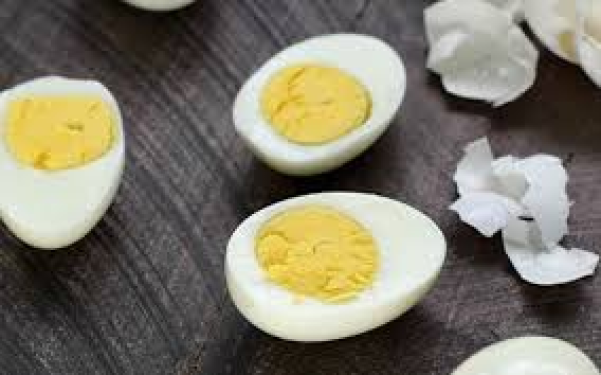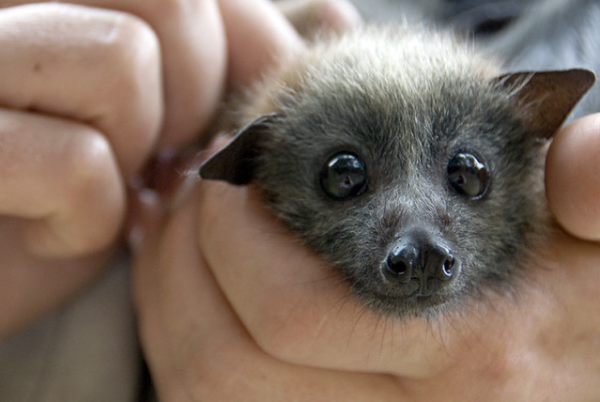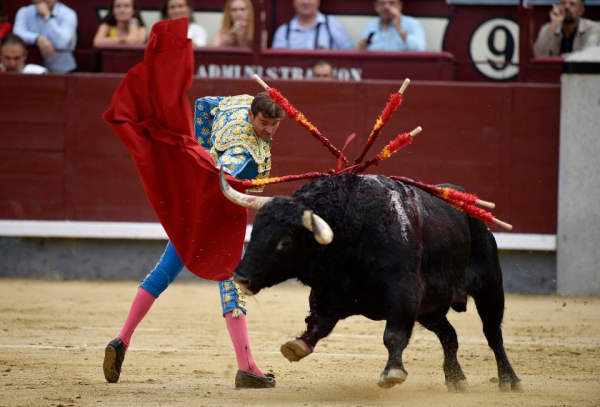By Joey Yap

While most of us were growing up, some people would have told us things that were (questionably) beyond belief, probably earning them an “are you sure about that?” raised eyebrow. It could be the simplest of things such as the different taste zones of our tongue, the “fact” that egg yolks are fattening, that bats are really blind, and that the Great Wall of China is visible from space.
Hence, let’s take a look at a few common misconceptions!
1) Taste zones on our tongue
If you are able to recall, we learned about our sense of taste during our primary school years. We were taught the different taste zones while referring to a rather colourful illustration of the tongue map. Our tongue has taste receptors or otherwise known as taste buds, which reacts to the food we eat. The main tastes are sweet, salty, sour and bitter. However, not all that we learn is as it seems.

Brian Lewandowski said “The tongue does not have different regions specialized for different tastes.”
Hence, the different taste zones of our tongue can detect the main tastes being sweet, salty, sour and bitter. Also, taste buds are not only located on our tongue but also on the roof of our mouth and our throat. Besides the four main tastes, our taste buds can also detect umami which is savoury.

2) Egg yolks are fattening

I find that eggs are an inexpensive source of protein and versatile enough that you can have it any way you prefer – fried, poached, hard boiled, scrambled (and that’s just the tip of the iceberg!) – at any time of the day. However, I do have to resist the urge to roll my eyes when some “health conscious” person tells me that the yolk is fattening.

Yes, while the yolk may be fattening, they are essentially good fats, ones that may help you lose weight even. Dietician Elizabeth Ward said, these fats are unsaturated and are leaning towards the heart-healthy kind. While they may contain 186 mg of cholesterol, our body needs it to increase energy levels and build muscles.
It is of course guaranteed to be fattening if you complement the eggs with bacon, sausages and hash browns, cooked using a slab of butter. But, wait! It doesn’t stop there! If you pour loads of honey over it… yikes!

3) Bats are blind
At some point in your life you might have heard someone using the phrase “as blind as a bat”. Well, that line is a little misguided.

During the day, bats actually can see as well as a normal human does. However, when night falls, bats tend to use their ears more than their eyes. They will use their voice, ears and echo-detection abilities to assist them in navigating through the dark. This is known as echolocation. Bats use their voice to create a chirp and then use their ears to hear for any echo which would then help them to create a perceptual map of their surroundings to help them “see” in the dark. Thus, that doesn’t mean they can’t see. They do have eyes.

Based on research, bats prefer to use their eyes rather than their ears, depending on the situation. Fruit bats in particular rely on drinking nectar from flowers rather than feeding off insects. These species have sharp vision and can even see ultraviolet rays. With that being said, this trait is beneficial as most flowers actually reflect UV light (fun fact!).
4)Bulls hate RED
You might have heard that bulls are not fond of, and even enraged by the color red. I can recall watching a short clip of a man waving his red cape and the bull angrily pawing at the ground, getting ready to charge at said cloth. I remember wondering at the time: Why do the bulls charge at the red colored cape?

Firstly, it’s an activity called bullfighting where the matador who is (always) somewhat fancily dressed will use his muleta (the red cape) to try – while abiding by a set of rules – and subdue, immobilise or kill the bull. Well, apparently, bulls couldn’t care less about the colour red. As per what Brooke Borel from LiveScience.com said, “Bulls, along with all other cattle, are color-blind to red.”
Instead of the color, it is the motion of the muleta that drives the bull up the wall. In a test that was once carried out, three flags of the colors red, blue and white were placed in the bull’s enclosure. Guess what happened? The bull charged at all three flags!
However, the question still remains on why the muleta is traditionally red. Well, it is because during the final bout when the matador manages to subdue the bull, the muleta will act as a form of camouflage to shield away anything bloody or gory that would upset the spectators’ stomachs.

5) The Great Wall of China is visible from space
It’s been a myth among those who have a deep, profound interest in space exploration that this is the only man-made structure that is visible from space. Talks about it being visible started since 1904, until they sent Apollo astronauts into space 65 years later and debunked the myth. No, it cannot be seen from space.

One of the astronauts, Alan Bean recounts that not much could be seen from space except for some white of either cloud or snow, and patches of blue, green or yellow. His statement was further reinforced by Yang Liwei, an astronaut from China who said he couldn’t see the historic structure from space.
This topic resurfaced again when Leroy Chiao from NASA managed to capture an image of the wall, albeit just a small portion of it. It was located in the inner Mongolia region approximately 200 miles (322 Km) north of Beijing. However, even so, Chiao said he didn’t see the wall with his own eyes and can’t confirm if the picture actually shows it.

To be honest, I can’t even make out anything except for patches of white. Hence, as previously mentioned, the Great Wall of China is not visible from space.
***
These misconceptions are only a handful of the many that are still available on the internet and spread through word of mouth. If you are interested in finding out about more common misconceptions, all it takes is a quick Google search and you will find plenty of interesting articles to bolster your knowledge further or just for giggles your reading pleasure.


